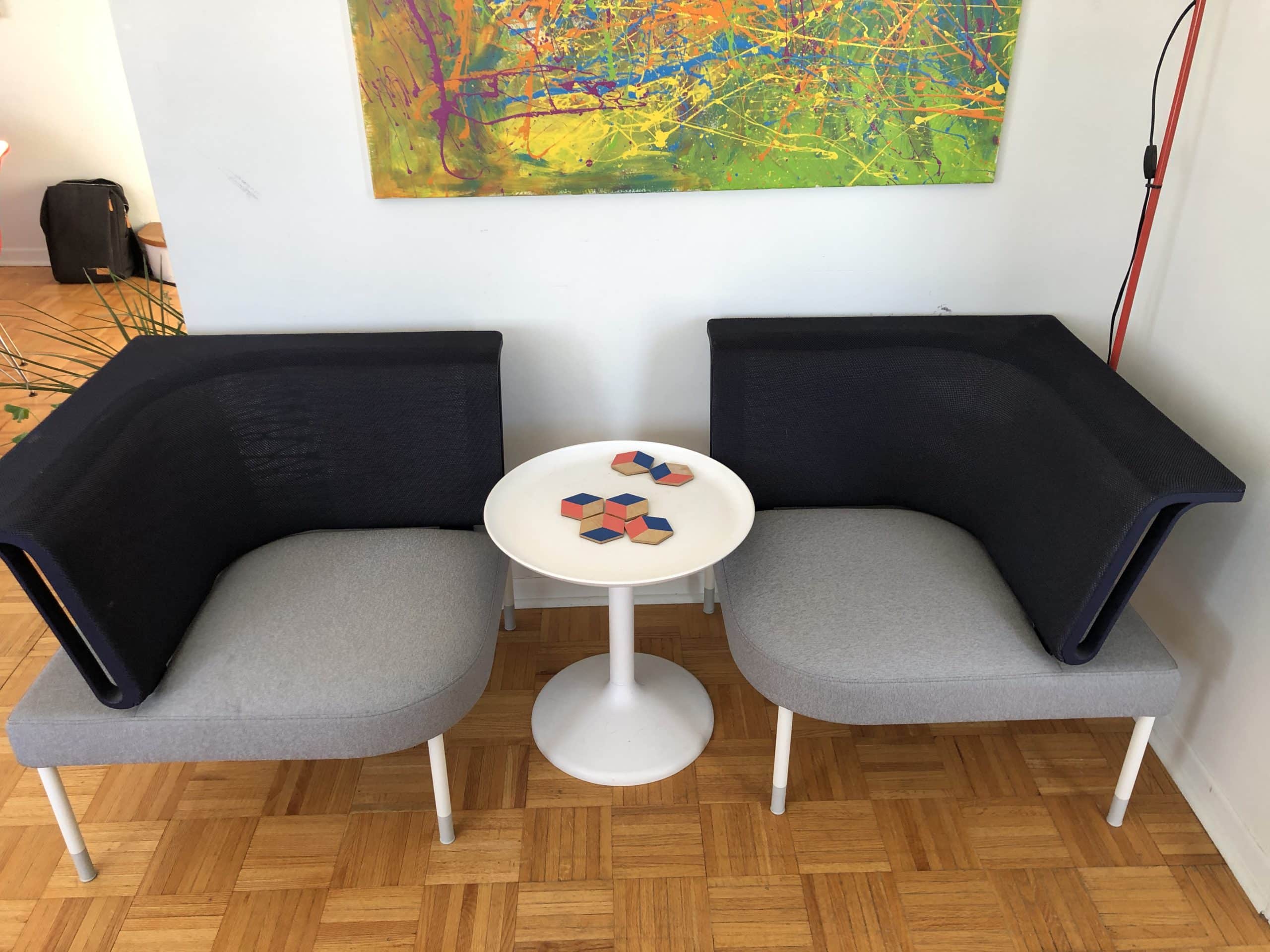A collaborative brainstorming area fosters innovation and creativity by providing a space where team members can freely share ideas. By implementing the right strategies, organizations can enhance teamwork and problem-solving capabilities.
Designing a Comfortable Space
Creating a welcoming environment is critical.
The physical layout of the brainstorming area should encourage open communication and make participants feel relaxed. Comfortable seating arrangements, appropriate lighting, and accessibility to necessary resources play a vital role in setting the tone. Consider using round tables to promote face-to-face interaction, as this layout can foster inclusivity. Incorporating plants and artwork can also stimulate creativity and productivity. Finally, ensure that the space is well-ventilated and equipped with essential technology to facilitate brainstorming.
Utilizing Collaborative Tools
Incorporating technology enhances the brainstorming experience.
Modern collaborative tools such as digital whiteboards, project management software, and virtual meeting platforms can significantly improve the brainstorming process. These technologies allow for real-time collaboration, where team members can contribute ideas regardless of their physical location. Visual aids like mind maps or flowcharts can be created collaboratively, making it easier to organize and refine ideas. Additionally, tools that enable voting or ranking ideas can help prioritize options. Adopting these tools can streamline communication and ensure everyone’s contributions are valued.
Establishing Ground Rules
Setting clear guidelines is essential for productive sessions.
Before beginning the brainstorming session, it’s crucial to establish a set of ground rules that everyone agrees upon. These rules should encourage respect, open-mindedness, and active participation. For instance, no idea should be deemed too far-fetched, and all members should remain respectful of different viewpoints. Moreover, defining the time limits for each phase of brainstorming can maintain focus and pace. A clear framework will prevent misunderstandings and ensure that the session remains constructive.
Encouraging Diverse Perspectives
Diversity in brainstorming leads to betteCreating an Effective Collaborative Brainstorming Arear ideas.
Encouraging participation from individuals with varied backgrounds and expertise can enrich the brainstorming process. Diverse perspectives often lead to innovative solutions that individuals from similar backgrounds might overlook. Creating teams with a mix of skills, experiences, and cultural backgrounds fosters a more dynamic discussion. Additionally, actively seeking input from quieter team members ensures that all voices are heard, enhancing the overall quality of ideas generated. Embracing diversity not only contributes to a more robust ideation but also builds a culture of inclusion.
Incorporating Breaks and Refreshments
Regular breaks can improve focus and creativity.
Offering breaks during brainstorming sessions is vital to maintain high energy levels and concentration. Breaks allow participants to step back, recharge, and process information. Providing refreshments can also create a more relaxed atmosphere and keep energy levels up. Consider incorporating brief exercise or stretching sessions during longer brainstorming meetings. These small pauses can reinvigorate participants and can lead to a resurgence of creativity and new ideas. A well-timed break can often trigger insights that may not surface during ongoing discussions.
Documenting Ideas
Recording ideas immediately is crucial for progression.
To ensure that no valuable ideas are lost, it is essential to document contributions as they arise. Designate a person to take notes or use collaborative tools that allow all participants to add ideas digitally. This record serves as a memory aid and can be revisited during later phases of the project. Organizing ideas into categories or themes can also facilitate better understanding and prioritization. Furthermore, sharing the documented ideas post-session encourages ongoing collaboration and provides a reference point for future discussions.
Reviewing and Refining Ideas
Follow-up sessions are necessary for improvement.
After the brainstorming session, it is crucial to review and refine the generated ideas. Holding follow-up meetings allows participants to assess which ideas are most viable and deserving of further consideration. This process should involve evaluating the feasibility, impact, and resources required for implementation. Engaging the team in this review solidifies their investment in the project and maximizes the effectiveness of the brainstorming process. Moreover, refining ideas collectively can introduce new insights and enhancements, leading to optimal solutions.
Creating a collaborative brainstorming area involves thoughtful design, the integration of technology, and an inclusive approach to idea generation. By following the outlined strategies, organizations can cultivate an environment that promotes creativity, engagement, and effective problem-solving.

